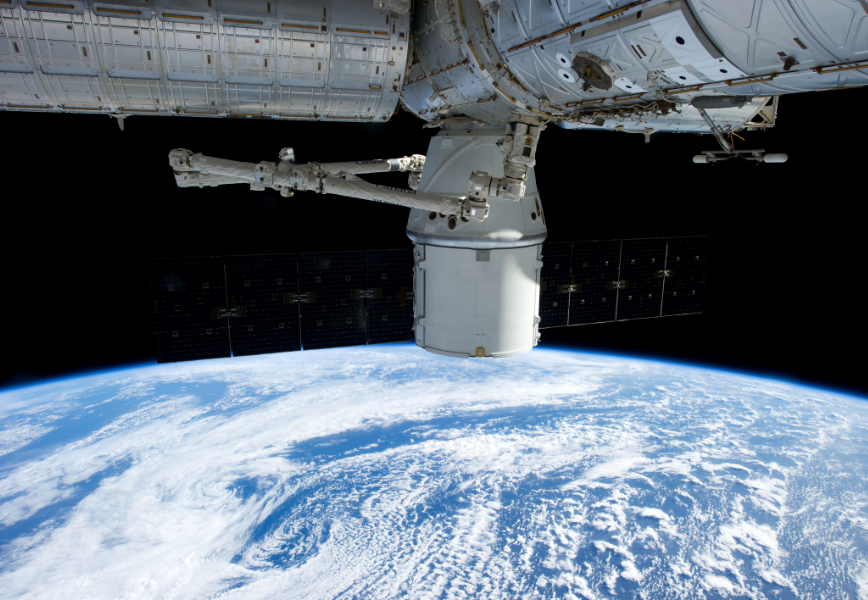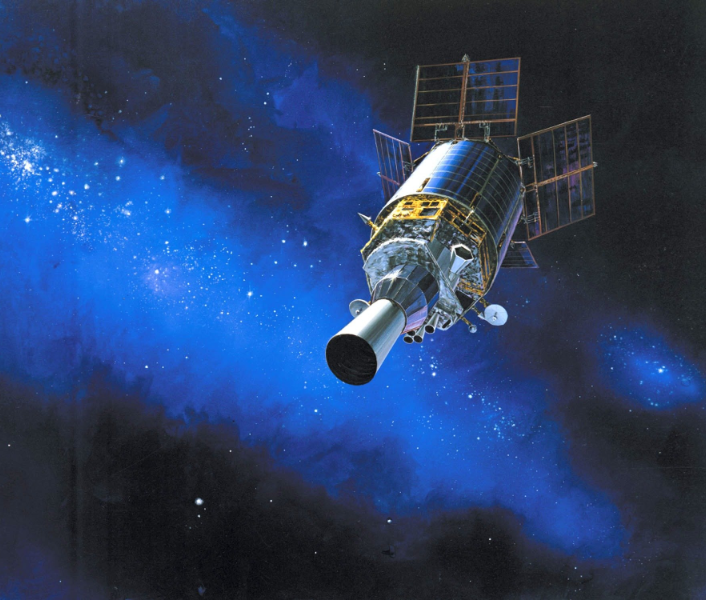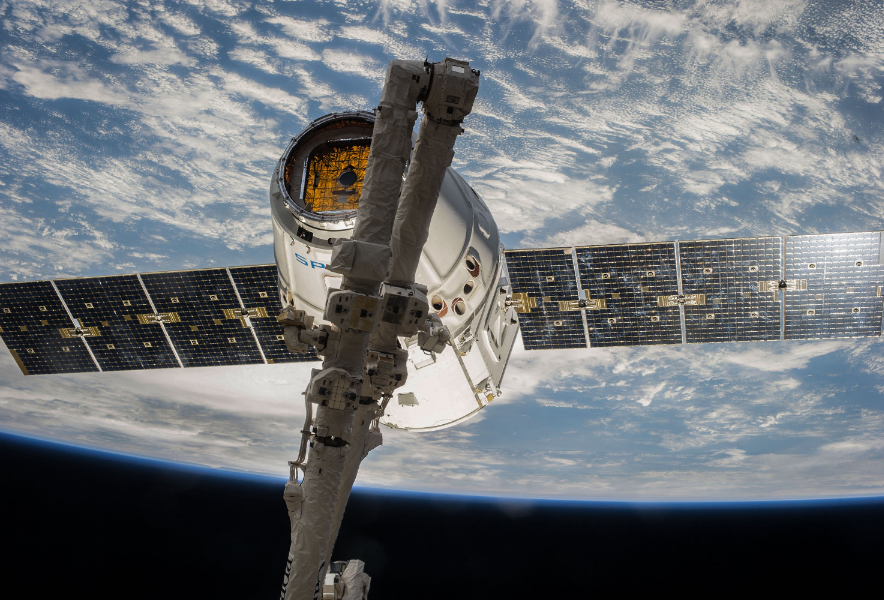In the ever-evolving world of space exploration, affordability, agility, and innovation are key. Enter CubeSats—small, modular satellites that are rapidly redefining what we can achieve in orbit and beyond. These compact marvels are not just budget-friendly; they are changing the way we think about access to space, scientific research, and commercial opportunities. In this blog, we'll explore why CubeSats technology is taking center stage in the next wave of space exploration.
What Are CubeSats?

CubeSats, short for “Cube Satellites,” are a class of miniaturized satellites with a standardized size, typically 10x10x10 centimeters per unit (1U). These satellites can be built as 1U, 3U, 6U, or even 12U depending on the mission's needs. Initially developed for educational purposes, CubeSats have evolved into powerful tools for scientific, commercial, and governmental missions.
With their small size and lower launch cost, CubeSats are increasingly favored by startups, universities, and research organizations looking to get involved in space missions without the massive budgets usually required.
Advantages of CubeSat Technology

Nanosatellites offer several unique advantages that make them ideal for affordable space missions:
- Cost-Effective Launches: Because they are small and lightweight, nanosatellites can be launched as secondary payloads alongside larger missions, drastically reducing the launch costs.
- Quick Development Cycles: Traditional satellites may take years to build. nanosatellites can often be developed and tested within a year, allowing for faster experimentation and deployment.
- Innovation Platform: Universities and startups use CubeSats as testbeds for new space technologies, fostering a culture of rapid innovation.
- Scalability: Multiple nanosatellites can be deployed in constellations for Earth observation, communication, or climate monitoring.
Comparing CubeSats to Traditional Satellites
When compared to traditional satellites, CubeSats offer both pros and cons:

Cost and Size:
- Traditional satellites can cost hundreds of millions of dollars to design, build, and launch. CubeSats can be built for under a million, making space accessible to smaller organizations.
- The compact size of nanosatellites allows them to be launched in bulk, while larger satellites require dedicated launches.
Functionality:
- Traditional satellites are often more powerful and capable of supporting long-duration missions with complex instruments.
- Small satellites are better suited for shorter missions and targeted experiments, but are catching up in capability thanks to advancing miniaturization.
Flexibility:
- Small satellites can be iterated quickly. If a nanosatellite fails, a new version can be launched within months.
- Traditional satellites require a lot more time and funding to replace.
While Small satellites are not replacing traditional satellites entirely, they are filling important gaps and making it possible to tackle projects that were once considered too small or too risky.
Real-World Applications of CubeSat Technology
CubeSats are being used in a growing range of missions and industries:
- Earth Observation: Organizations like Planet Labs use nanosatellites to capture high-resolution images of Earth for agriculture, disaster response, and environmental monitoring.
- Communication: Some CubeSats serve as relays for data transmission in remote areas or during emergencies.
- Space Weather Monitoring: NASA and other space agencies use Small satellites to monitor solar radiation, magnetospheric changes, and other space weather phenomena.
- Deep Space Exploration: In 2018, NASA's MarCO CubeSats accompanied the InSight lander to Mars, proving that even small satellites can contribute to interplanetary missions.
CubeSats in Education and Research
One of the most transformative aspects of space technology is its impact on education and research. Universities across the globe are using Small satellites to engage students in hands-on aerospace projects. These real-world missions provide invaluable experience to future engineers and scientists, fostering the next generation of space explorers.
They are also instrumental in scientific discovery. They can carry instruments for atmospheric studies, radiation measurements, and more. Because they are inexpensive to produce and launch, researchers can take more risks with experimental payloads.
The Future Potential of CubeSats
The CubeSat revolution has just begun. As technology advances, CubeSats are becoming more capable, allowing for longer missions, higher data rates, and more complex tasks.
- Autonomous Operations: AI and machine learning are being integrated into CubeSat systems, enabling smarter decision-making in orbit.
- Propulsion Systems: Innovative propulsion solutions are allowing Small satellites to maneuver in space, maintain orbits, and even perform docking maneuvers.
- Interplanetary Missions: More deep space CubeSat missions are on the horizon, allowing us to explore asteroids, moons, and even planets with minimal budgets.
- Commercial Growth: The small satellite market is booming. CubeSats are a big part of this trend, with companies offering “space as a service” through CubeSat platforms.
Why CubeSats Represent a Paradigm Shift
CubeSats are democratizing space. Where access to orbit was once limited to wealthy governments and corporations, this space technology is opening the doors to innovation from all corners of the world. Whether it’s a student team building its first satellite or a startup testing new tech, this offers a low-cost, high-reward entry into space.
Moreover, their modular design and versatility mean that CubeSats can be quickly adapted for new missions, making them incredibly future proof in an era where space needs are constantly evolving.
Conclusion
CubeSat technology is shaping the future of space exploration by making it more affordable, accessible, and innovative. These small satellites may be tiny in size, but their impact is enormous. As launch costs decrease and technology continues to improve, CubeSats are poised to play a central role in everything from Earth monitoring and telecommunications to deep space science missions.
In a world where budgets are tight, but ambition is high, CubeSats offer a compelling solution. The future of space isn't just about giant rockets and billion-dollar satellites. It's also about small packages making big differences.








